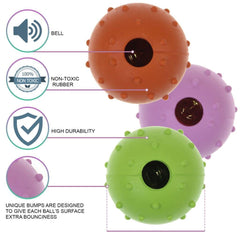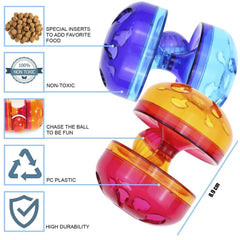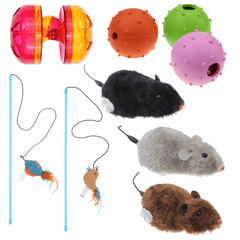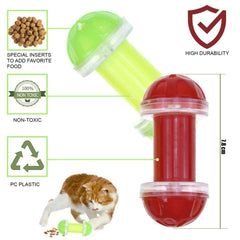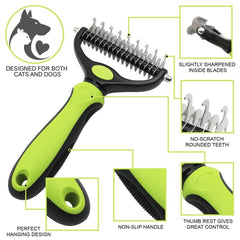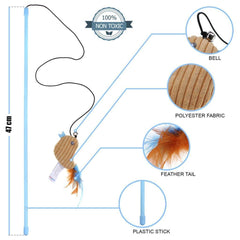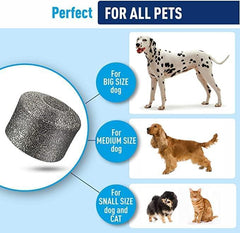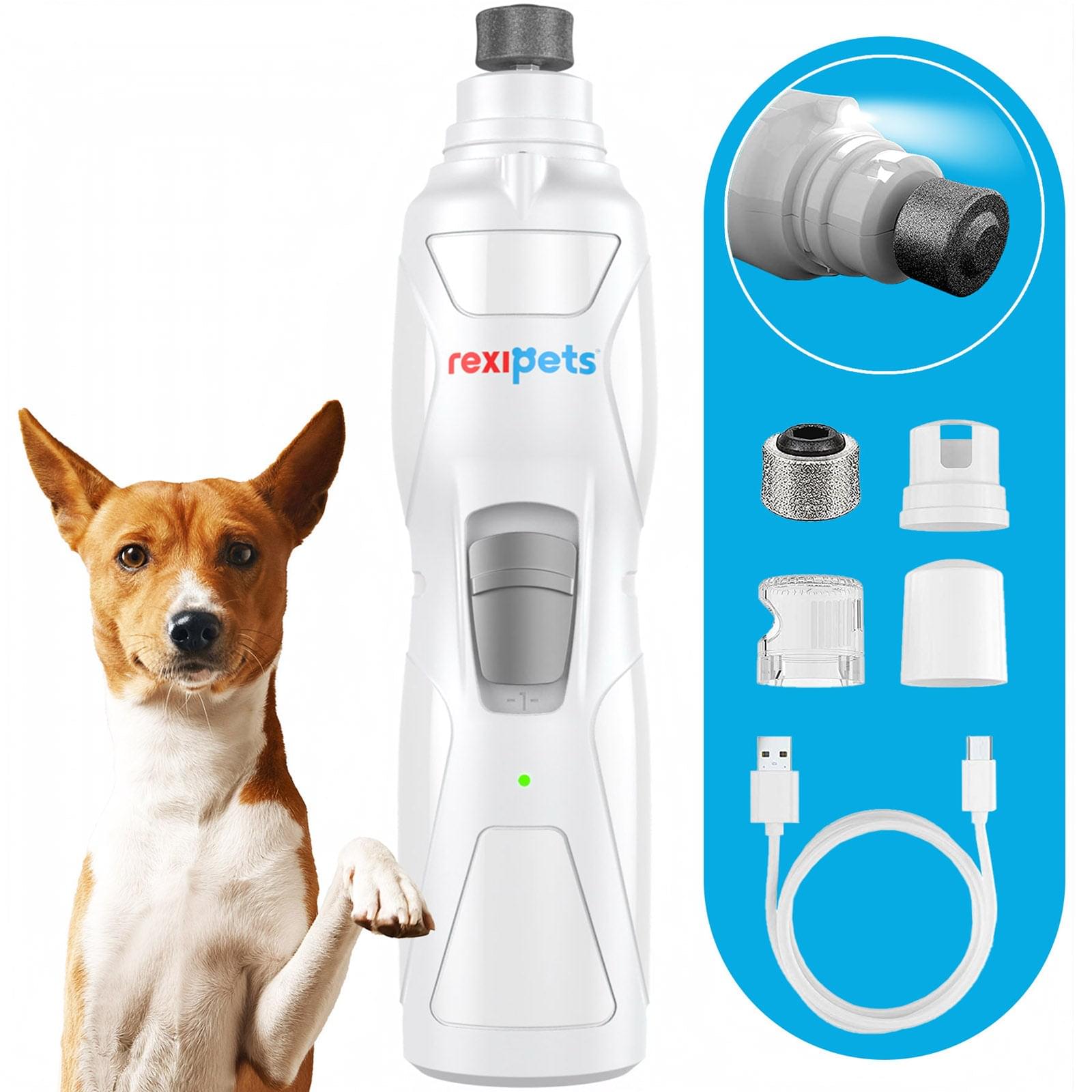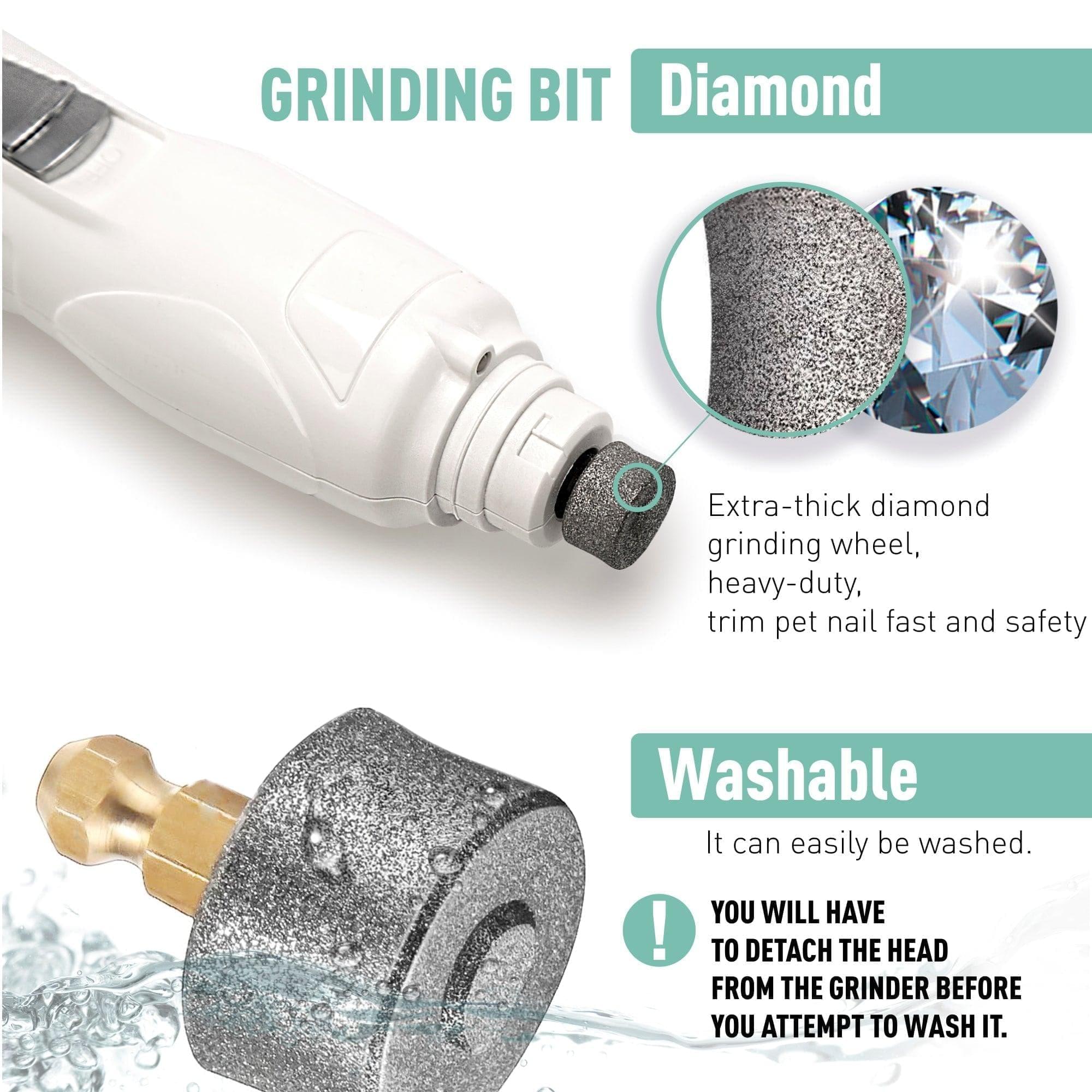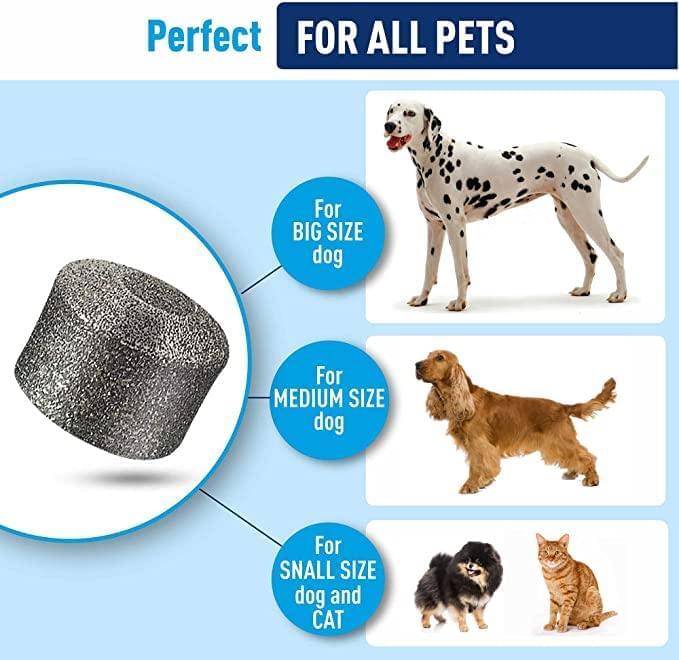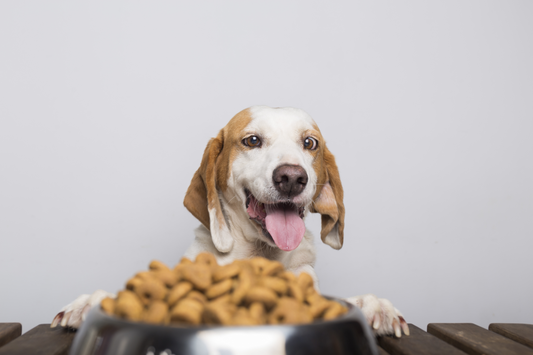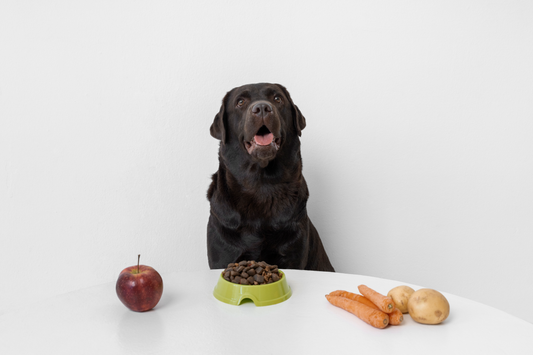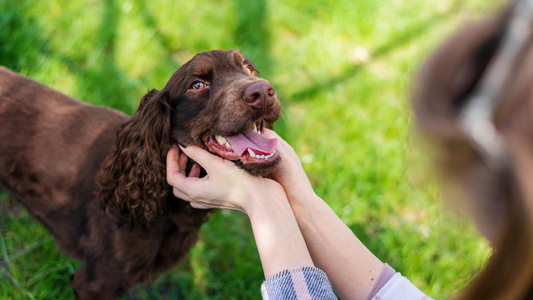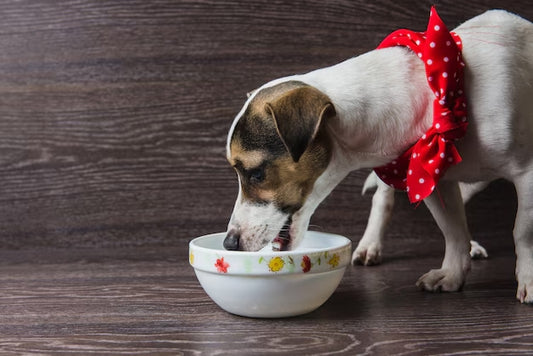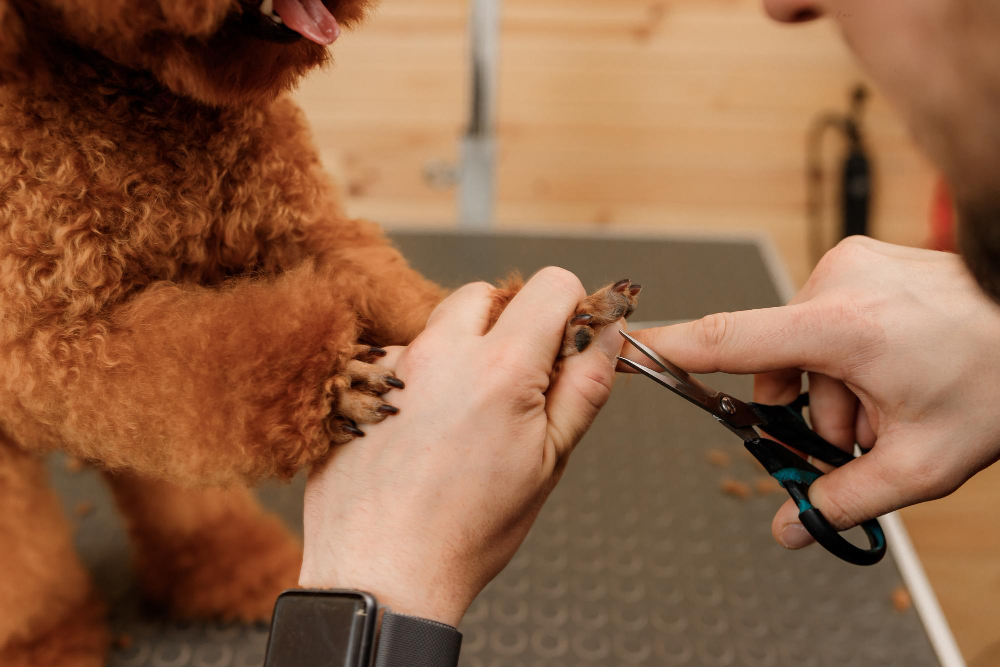
Have you ever wondered why your furry friend's nails seem to be playing a game of hide-and-seek with splits and cracks? Your dog's paws are their playful tools for exploration, and just like us, their nails need a little extra care.
Splitting nails in dogs can be a paw-plexing puzzle, but fear not – we're here to unravel the mystery. From rough surfaces to nutritional clues, various factors can contribute to this canine conundrum.
Let's embark on a journey to understand why your dog's nails might be experiencing a case of the splits and how to put their best paw forward.
What Are The Causes Of Broken Or Split Dog Nails?
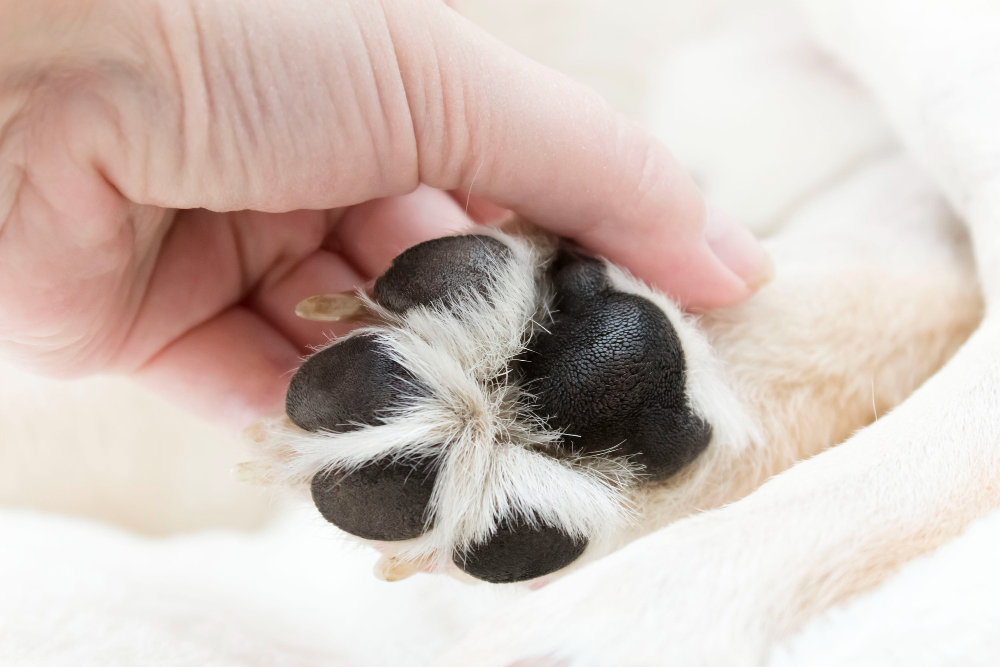
When your dog's nails start to split, it can be a concern, but several factors may contribute to this common canine issue.
Firstly, rough surfaces, often encountered during outdoor adventures, can wear down their nails, leading to splits. Regular nail trimming is essential to prevent overgrowth, which can also result in nail cracks.
Understanding these reasons can guide you in providing the best care for your furry friend's paws, ensuring they roam, play, and explore with happy and healthy nails.
Let's take a look at some of the causes in detail.
-
Rough Surfaces And Dry Weather
Your dog's indomitable spirit often leads them to explore challenging terrains, exposing their paws to abrasive surfaces like concrete or rocky landscapes. The continuous friction on these rugged grounds can wear down their nails, leaving them susceptible to painful splits.
Ensuring a balance between adventure and paw protection becomes paramount in maintaining the resilience of their precious claws. Dry weather conditions can be harsh on your dog's nails, rendering them thinner and prone to splitting.
The lack of moisture in the air affects the nail structure. Combatting this involves not only keeping your pup hydrated but also considering the application of hydrating paw balms or moisturizers. These simple steps can be instrumental in safeguarding your pet's paws during dry spells.
-
Improper Trimming
Similar to our own grooming routines, dogs require consistent nail maintenance. Inadequate trimming of dog's toenails can lead to overgrowth, a common culprit behind nail splits.
Taking the time for proper trimming not only prevents these painful issues but also contributes significantly to your furry friend's overall paw health, allowing them to tread comfortably through life. Dog's nails trimmed by sharp nail trimmers helps to avoid trimming injuries.
-
Nutritional Deficiencies And Health Issues
A well-rounded complete and balanced diet plays a pivotal role in your pet's overall health, including the condition of their nails. Nutrient deficiencies, such as insufficient biotin, zinc, or fatty acids
,can weaken the nails, making them more susceptible to splitting and breaking.Enhancing their diet with these essential nutrients ensures not only strong nails but also contributes to their overall vitality and well-being.
Beyond external factors, underlying health issues can significantly impact your dog's nail bed health. Fungal infections or hormonal imbalances may manifest in weakened nails prone to splitting. Regular veterinary check-ups become crucial in detecting and addressing these internal challenges promptly.
Proactive healthcare measures, coupled with a balanced lifestyle, ensure your canine companion's nails remain sturdy and resilient against potential health issues.
-
Uneven Surfaces
Exploration on uneven surfaces like gravel or rocky paths can create varied pressure on your dog's nails. The inconsistent stress from walking on these surfaces might lead to split nails and cracks over time.
Therefore, it's crucial to pay close attention to your furry friend's paws during outdoor adventures, ensuring their nail beds are not enduring excessive strain. Gentle paw checks and timely care can make a significant difference in preventing dog nail problems.
-
Genetic Factors And Activity Level
The genetic makeup of certain dog breeds can play a role in their nails health. Some breeds may be predisposed to softer nails or more nail bed infections, making them susceptible to splitting.
Understanding your dog's breed characteristics allows you to tailor their nail care routine to address these specific genetic factors. Regular observation and proactive care can help manage potential challenges related to genetic predispositions, ensuring your dog nails remain resilient and healthy.
A dog's lifestyle and activity level can impact the wear and tear on their nails. Highly active dogs, involved in frequent running, jumping, or rough play, may experience increased stress on their nails.
This heightened activity level demands a more vigilant approach to nail care, ensuring that splits caused by constant impact and stress are minimized.
Attending to your dog's broken nails regularly and creating a care routine in alignment with their dynamic lifestyle become proactive measures to make dog's nails strong and support paw health in active canine companions. Also trim your dog's nails regularly.
-
Inadequate Hydration
Just as dry weather affects the condition of your dog nails, insufficient hydration can play a role in making them more brittle and causing dog nail injuries by bacterial infections.
Providing your furry friend with access to ample water supports overall health and contributes to maintaining the flexibility and strength of their nails. Ensuring hydration is a simple yet vital step in preventing nail issues associated with brittleness, emphasizing the interconnectedness of hydration and paw well-being.
How To Treat Broken Nails?
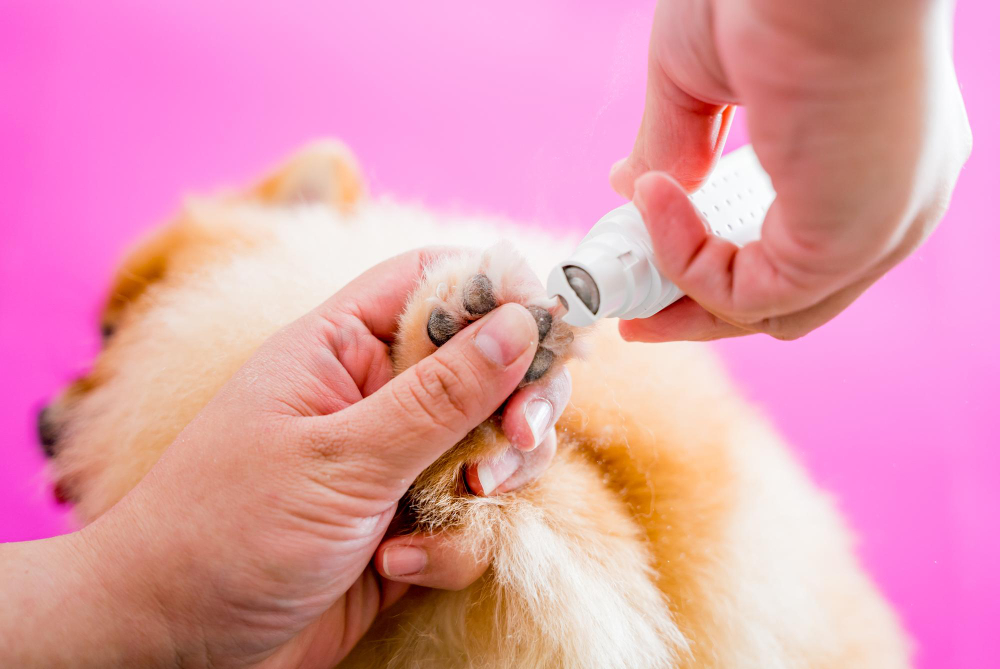
To treat broken or split dog nails, begin by assessing the severity. Apply styptic powder over split or torn nails to control bleeding, trim any jagged edges, and consider a warm Epsom salt soak for relief.
Using a protective boot over damaged nail can prevent further irritation, and monitoring for signs of infection is crucial. If the condition is severe or persistent, seek professional veterinary care promptly for appropriate treatment. Let's delve into how to treat broken nails:
-
Assess the Severity
When assessing the severity of a broken or split dog's nail, it's crucial to carefully examine the extent of the break and nail disorder. Minor splits, where the nail injury doesn't penetrate deep into the quick, may be manageable at home with proper care.
In such cases, you can provide initial first aid to your furry friend.
However, if the split is deep, causing significant pain or exposing the quick, immediate professional veterinary attention is necessary.
Understanding the severity helps in determining the appropriate level of intervention and sets the foundation for a successful recovery.
-
Clean the Wound
Cleaning the wound is a fundamental step in treating a broken or split dog's nail. Wash the area with an antiseptic solution to prevent infection. Over the nail injury, use a mild antiseptic specifically formulated for pets, ensuring it doesn't cause additional discomfort to your dog.
This is crucial for creating a clean and sterile environment around the injured pet's nails, reducing the risk of complications during the healing process.
-
Styptic Powder or Gel
In cases where there's bleeding associated with a broken or split nail, the application of styptic powder or gel becomes a vital step. Styptic agents aid in clotting, quickly stopping the bleeding and minimizing the risk of infection.
It's essential to apply styptic powder or gel promptly after identifying bleeding to ensure its effectiveness. This immediate response helps manage the initial stages of the injury and promotes a smoother healing process.
-
Epsom Salt Soak And Topical Antibiotics
Consider a warm Epsom salt soak as a soothing and healing measure for your dog's injured paw. Epsom salt, known for its anti-inflammatory properties, can provide relief and promote healing. When preparing the soak, ensure the water is at a comfortable temperature to avoid causing additional discomfort to your dog.
This step not only aids in cleansing the wound but also contributes to reducing inflammation and providing a comforting experience for your furry companion.
The application of a pet-safe topical antibiotic ointment is a proactive measure to prevent infection in the affected area. Choosing a product without harmful additives or ingredients ensures the effectiveness of the treatment.
Topical antibiotics create a protective barrier against bacteria, supporting the overall cleanliness of the wound and facilitating an environment conducive to healing. This step is essential in initial treatment and sets the stage for a successful recovery.
-
Use a Protective Boot
A protective boot or bandage serves as a preventive measure to shield the injured paw, especially when your dog is outdoors. This physical barrier prevents dirt, debris, and potentially harmful substances from coming into contact with the injured nail.
Using a protective boot contributes to a cleaner healing environment and reduces the risk of external factors causing further irritation. It's an additional layer of protection to support the ongoing healing process and ensure your dog's comfort during recovery.
How To Prevent Brittle Nails Formation?
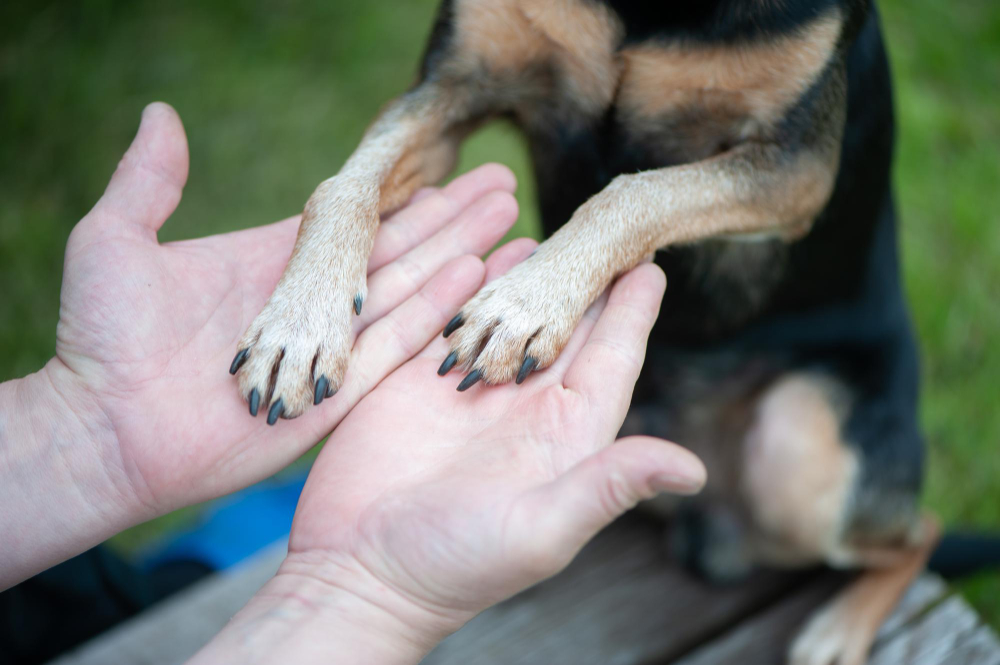
Preventing dog nails from splitting involves proactive care and attention to your canine companion's paw health. Here's a guide to help keep your dog's nails healthy and intact:
- Consistent nail maintenance is key to preventing splits. Regularly trim your dog's nails to keep them at an appropriate length. Be cautious not to cut into the quick, as this can cause pain and increase the likelihood of splits.
- Invest in high-quality, sharp nail clippers designed for dogs. Dull clippers can crush the nail, leading to uneven edges and potential splits. Choose clippers that suit your dog's size and nail thickness.
- Consider using a nail grinder as an alternative to clippers. Grinders allow for precise filing, reducing the risk of trauma to the nails. If your dog is unfamiliar with the grinder, introduce it gradually, rewarding positive behavior to create a positive association.
- Ensure your dog receives a diet rich in essential nutrients, including biotin, zinc, and fatty acids. Proper nutrition supports overall paw health and can contribute to stronger, more resilient and less broken nails.
- Playing with appropriate toys or treats can naturally wear down your dog's nails. This helps maintain an optimal length and reduces the likelihood of splits. Ensure the toys are safe for your dog's size and chewing habits.
- Regularly inspect your dog's paws for signs of injury, cracks, or abnormalities. Catching potential issues early allows for timely intervention and prevents further complications.
- Whenever possible, encourage exercise on softer surfaces like grass or dirt. This reduces the impact on your dog's nails compared to walking on hard surfaces, minimizing the risk of splits.
- Dry paw pads can contribute to brittle nails. Apply pet-safe paw balms or moisturizers to keep the paw pads hydrated, preventing excessive dryness that may lead to nail splitting.
Final Words!
Regular nail care, a balanced diet, and thoughtful preventive measures can reduce the occurrence of nail splitting. Whether through regular trimming, introducing positive associations, or promoting overall paw well-being, these simple steps contribute to a healthier life for your furry friend.
By staying attentive to their needs and addressing any issues promptly, you create a foundation for strong and resilient nails, allowing your dog to step confidently and comfortably through life's adventures.
